It is sad that we are living in a world where government leaders at the highest level in the world have been putting their own credibility to stresses and strains, thus creating unintended black marks for the nations and institutions that they represent for a period but whose negativity will take their successors years and decades to live down. That in the fast-paced 21st century in particular, the world is not going to wait on the incumbents, nor wait for their successors. The consequences are worse for their own nations and leaderships than they are ready to comprehend and correct.
The reference, of course, is about US President Donald Trump and his claims to having discussed trade and tariffs with Prime Minister Narendra Modi when they purportedly talked some days ago. Spokesman Randhir Jaiswal of the Ministry of External Affairs (MEA) was guarded at best when he said that he had no information. Yet, Trump has reiterated his claim.
The apprehension in the future would be that any leader talking to Trump, if at all, would have to be doubly guarded. His team may, which even otherwise discusses much of such telephonic conversation for internal assessments, might make it doubly sure that those audio recordings, if any, are not erased even by accident. The reverse is equally true.
Worse will be the day when, in situations such as this one, either side officially publishes the audio recordings for the world to know. Alternatively, they might ‘leak’ it to their media. The White House, the Pentagon and the CIA are past masters in this game, while other nations and institutions are mostly circumspect all along. They may now have reasons to review the status.
New nomenclature
Time used to be when diplomats posted outside the parent country used to rejoice at the very idea of one round of communication from or with the home office, which used to take weeks, and in some cases, months. Not after international subscriber dialling, email and secured lines became possible. It is also true that diplomacy does not stop with what it used to be, even when national security and defence become a part of the same.
Today, all kinds of trade and commerce lend urgency and credibility to diplomacy more than any other aspect of foreign policy-making. These days, the MEA is the first one to react whenever Trump fires yet another tariff salvo at India. The Commerce Ministry, the nodal agency in the matter, provides the details later on, if there is anything to offer. Many nations have long rechristened and re-crafted their diplomatic ministry as DFAT, or Department of Foreign Affairs and Trade, or call it by some such nomenclature.
New Delhi is playing it safe still. In the post-Cold War, post-reforms era, international interlocutors often used to complain that Indian political leaderships, whether in power or out of it, were easy to convince (or, covert?), but the bureaucratic policy-makers are too hard-nosed for comfort, however old-fashioned.
Today, after years and decades, ‘cautious optimism’ of the old India seems to be what New Delhi is looking back at. Yes, in between, the bureaucrats and diplomats, too, may have tended to shed their caution more and become more optimistic. But realities around them are slowly but surely forcing them to dust their old books for a revision in some cases and a first-time read in most others. The political leadership is also learning to hear them out. Whether they listen to the other has to wait.
Long-term bet
In this discovery of the new, or the rediscovery of the old, we are getting caught somewhere in between, more often than not. This has meant that we continue to be more reactive than proactive. Only that the way we react and the way we put it may have changed. But nothing else has, especially for the other side(s).
‘Operation Sindoor’ is a case in point. It is also the most recent one, if you leave out Trump’s tariff wars and threat over Russian oil. By exploring new relations, starting with new trade ties, we are still in the reactive mode. Whether the chosen nations would abide by their side of the bargain if Establishment US squeezes them, now or post-Trump, is a medium- and long-term bet that we are wagering.
The current choice of examples may be transient or a work-in-progress. The best one, and from the post-Cold War past, is the way the US twisted the arms of then Russian President Boris Yeltsin to deny us the cryogenic engine that Moscow had contracted to supply us for our space programme.
National commitment
The result was that our scientists were forced to develop the same. The same in a way applied to the Indian nuclear programme and also the early stages of the space programme, too. It means that our scientists can do it, but they need national commitment, government support, massive funding and adequate time at their disposal.
That takes us to the question: can we believe to be the world’s third largest economic, military or political power? In the crudest of terms, military power, to many people, is where it rests, followed by economic power and culminating in political power. The fact is that other nations don’t believe that we are already there, or will be there soon, as the ‘world’ – which world, whose world? – claims us to be.
Technology is the finer arbiter, and we have to go a long, long way. If we have adequate firepower, we need it to secure our borders and inland, too. If someone is telling us that we are great as a military power, they want us to buy more of their weapons.
Enemy’s enemy
Where does all of it lead us to? Rather than guiding global or even regional destiny, we are being led by them. It is about the presence or absence of what is euphemistically and comprehensively known as ‘National Power’ without anyone defining it or its components. Either you have it or you do not have it. You may be working towards it, even inching towards it, but you are not there until you already are there. There is no two-day, or halfway, about it.
Now coming to Pakistanis, they have the twin support of China and the US, after a gap, and with that got the IMF and the World Bank to refinance their failing economy even more.
Afghanistan is their new game. Rather, it is the old Afghanistan, but a new game. India did well to open up to the Taliban-controlled Kabul for its own reasons, going beyond the norm, ‘Enemy’s enemy is my friend’. Already after the post-Qatar truce pact, New Delhi has to be watchful about what transpires on the Pakistan-Afghanistan front.
Self-anointed Field Marshal Asim Munir only has to point the White House’s eyes towards what lies beyond Afghanistan – Iran and Russia, across the Caspian Sea – and how India was friendly with them all.
Back to the Blackboard
All of it should take us back to the blackboard. Definitely, New Delhi has acted as it should, as in the case of Sindoor now and the surgical strikes earlier. Beyond that, we should not allow our rhetoric to say what only our actions on the ground can do, however much time it would take us to be there.
We are neither in Mao’s China, when Beijing withdrew from everything and was out to destroy itself from within. Nor are we there where Deng’s China had begun through a cautious opening up of the nation’s economy. What Xi Jinping now claims is ‘globalisation with Chinese characteristics’ began then.
Barring what certain economists have been crying hoarse about, at least for over two decades now, the Chinese economy does not seem to be failing. Instead, it continues to be feeding and funding what is projected as Xi’s personal political ambitions on the global stage, but those are the ambitions of a nation that Deng had kindled before handing over the reins.
Today, if the US has a Trump, China has a Xi, but neither makes it comfortable for India. Maybe Xi’s BRI is a colossal failure. It was expected to be one on day one, but was it also meant to be one? There are no clear answers, and China does not answer, Xi or no Xi.
Rules-based order
We are not counting on what is increasingly becoming ‘multilateralism with Indian characteristics’, but there again, we lack clarity. In his congratulatory message to Japan’s first woman Prime Minister Sanae Takaichi, Indian counterpart Narendra Modi has underlined the importance of bilateral ties for ‘promoting peace in the Indo-Pacific’.
This is only an example, as none of the original four signatories to the US-initiated Indo-Pacific, also including Australia, have clearly defined if the concept encapsulates a ‘peace dimension’, going beyond collective prosperity. For ‘peace’, the four nations had signed the Quad, but New Delhi long ago claimed it was not a ‘military alliance’.
The same applies to India fast-tracking long-negotiated trade pacts with non-American western nations following Trump’s tariff war. Called by whatever name, those FTAs, either recently signed or for which negotiations have been further fast-tracked, barring a few, might end up being influenced by the US, especially if they involve some American technology or are ‘sanctioned’ by the West as a whole.
The same applies to New India’s multilateral approaches to global politics and security cooperation. They need constant attention and frequent alterations, the way they are going.
Diverse, disruptive
In the years to come, New Delhi’s officials may realise that their progress turned out exactly as they had planned and expected.
Despite the goodwill India earned during the Covid era, surpassing expectations, the country never aimed to go beyond its motto of ‘Vasudeva Kutumbakam’—the world is one family. Soft power, even if unintended, has its limits, which aligns with what India, as a nation, seeks.
(N Sathiya Moorthy, veteran journalist and author, is a Chennai-based policy analyst and political commentator. The views expressed in the above piece are personal and solely those of the author. They do not necessarily reflect Firstpost’s views.)


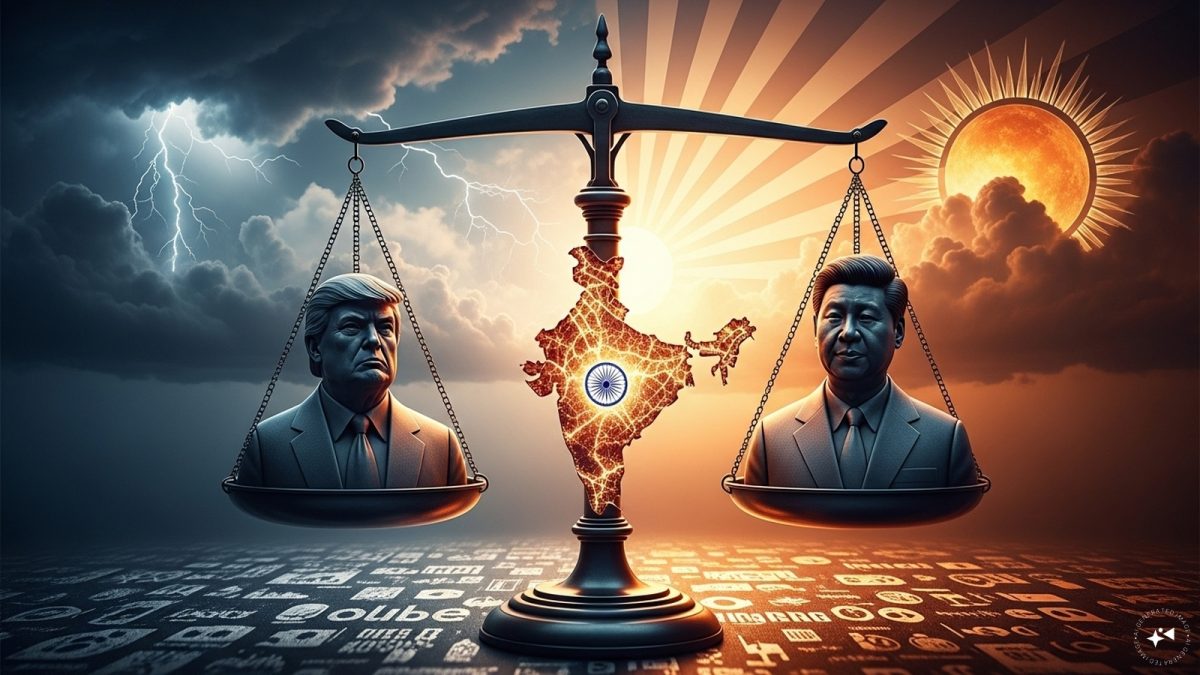)
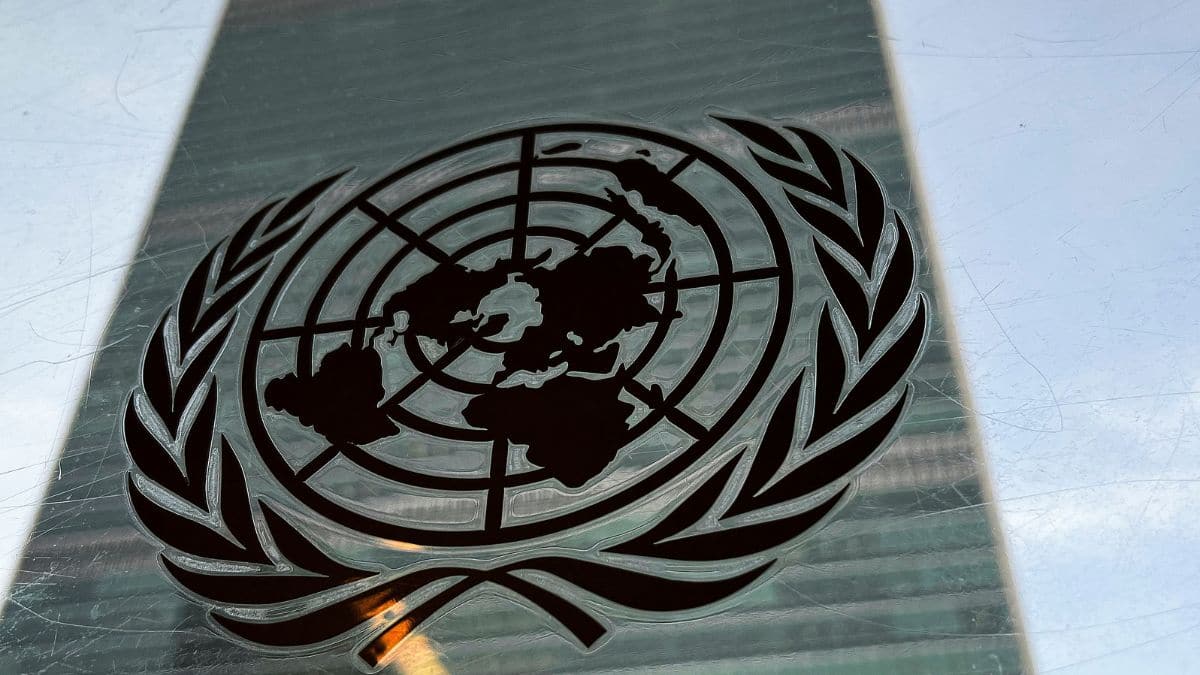
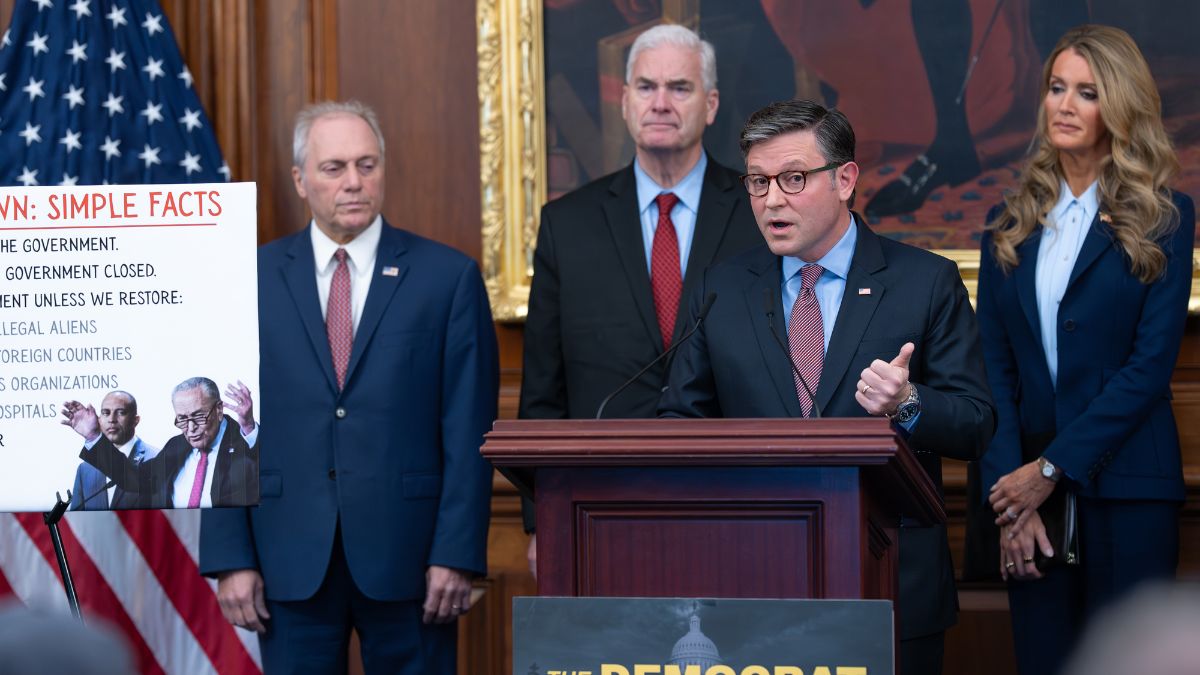)
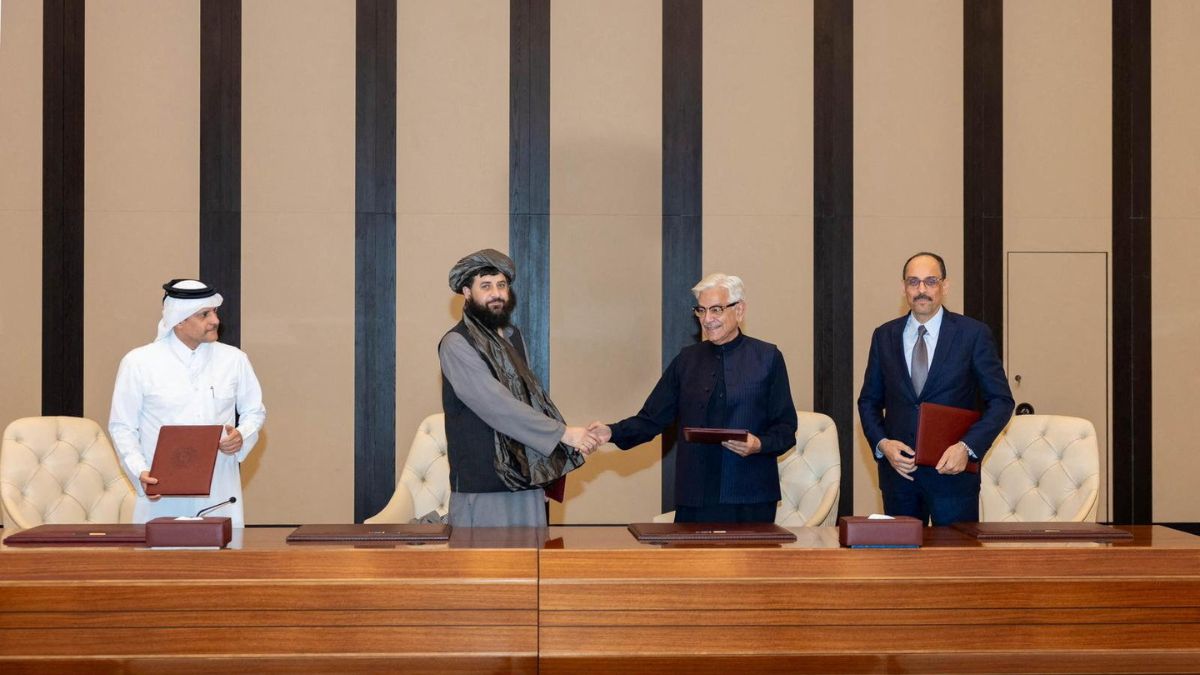)
)
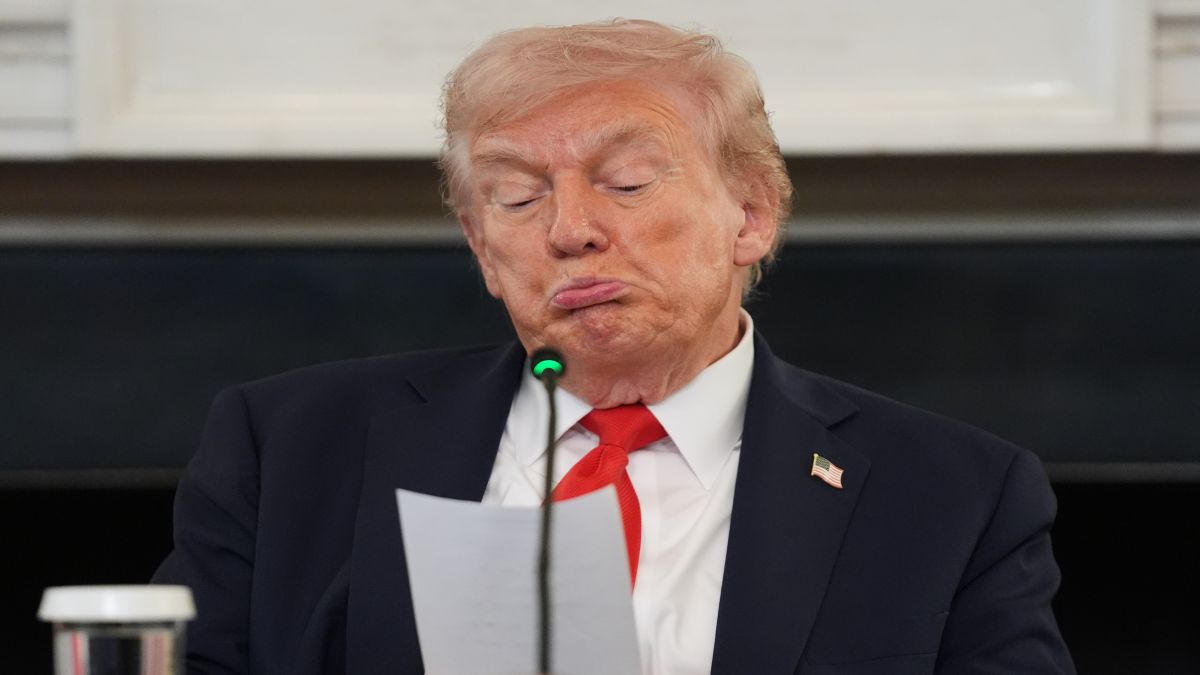)
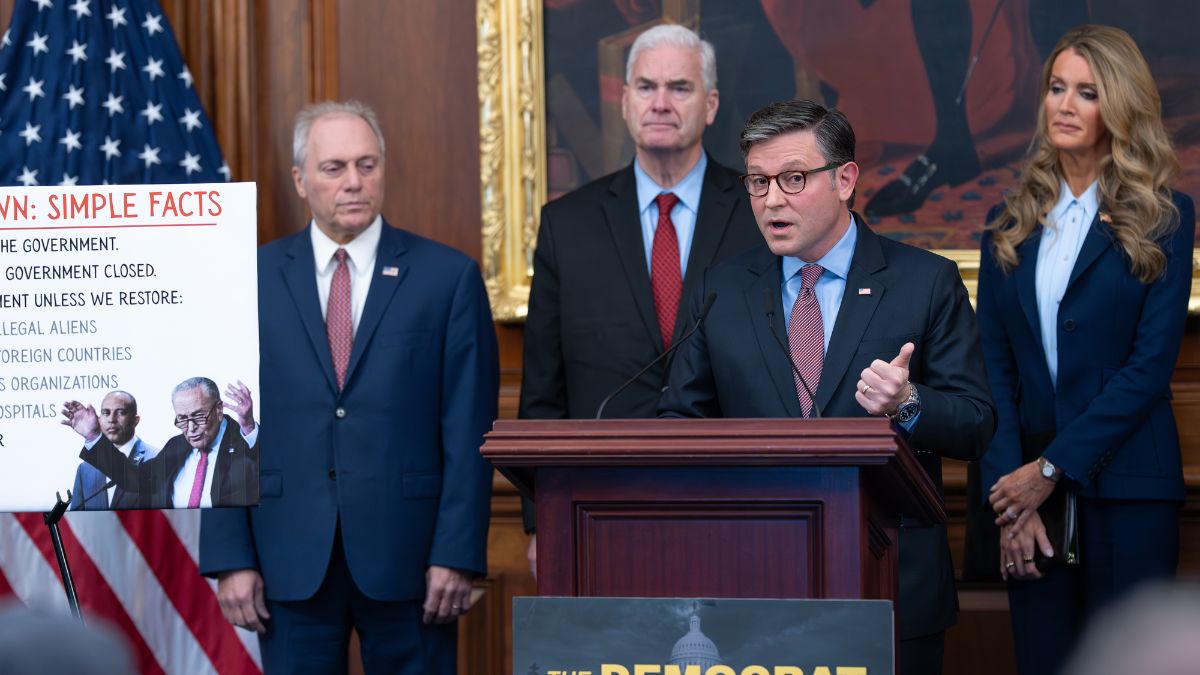)
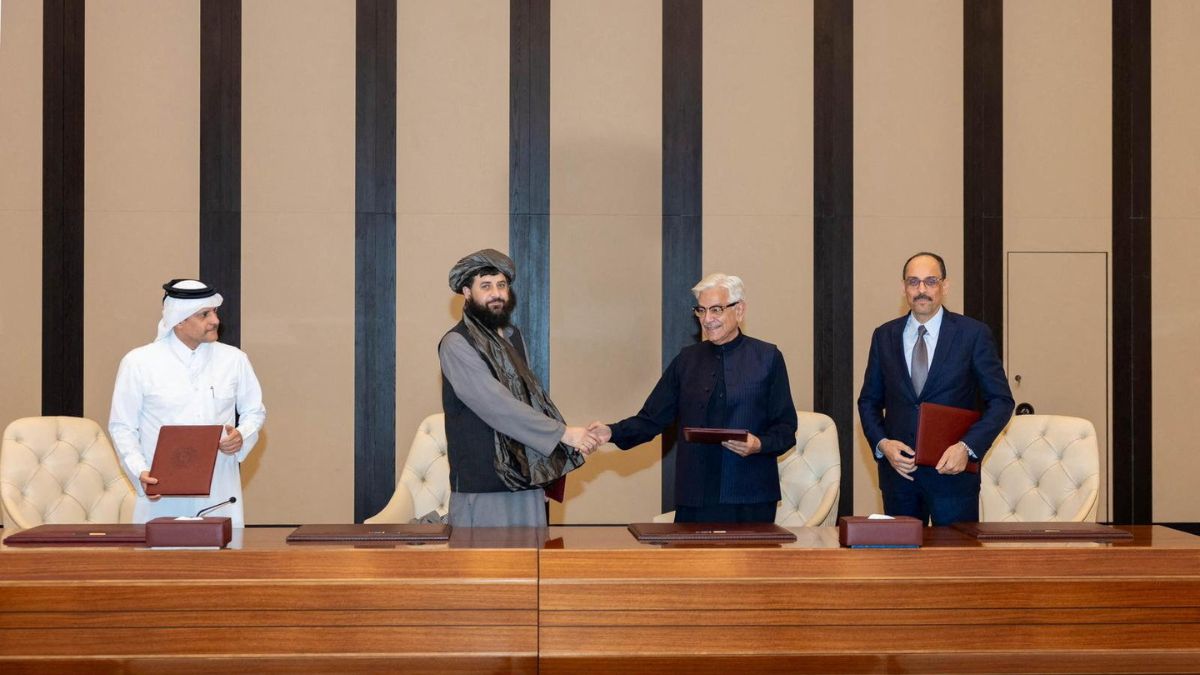)
)
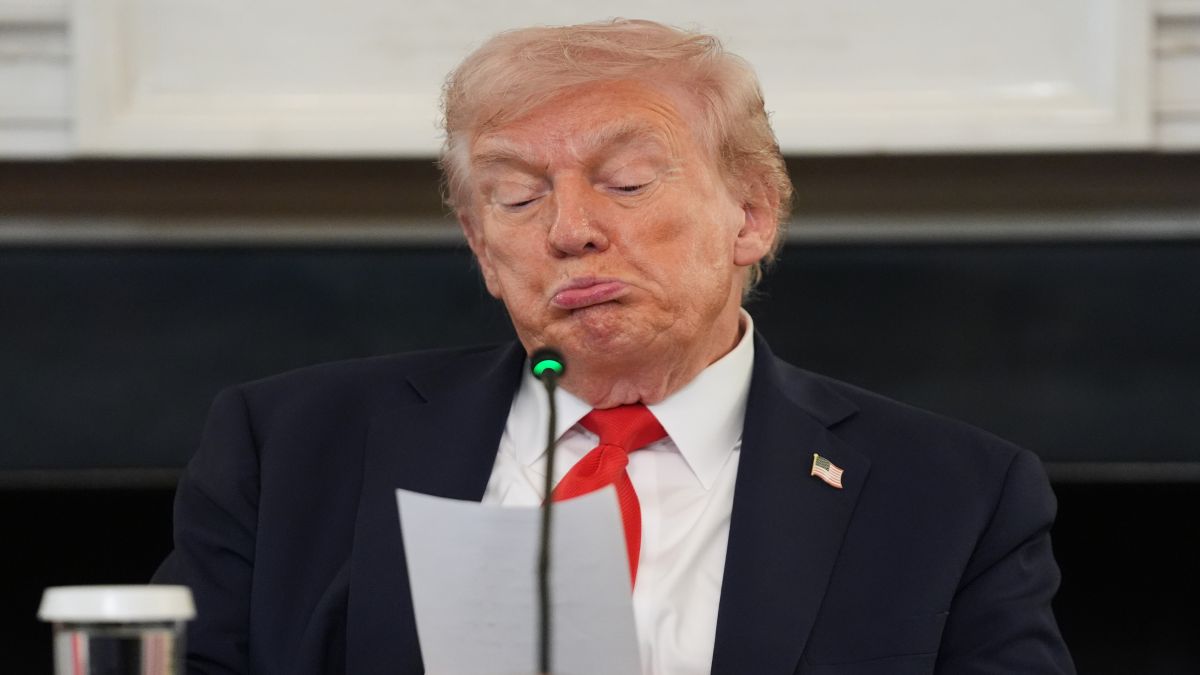)



